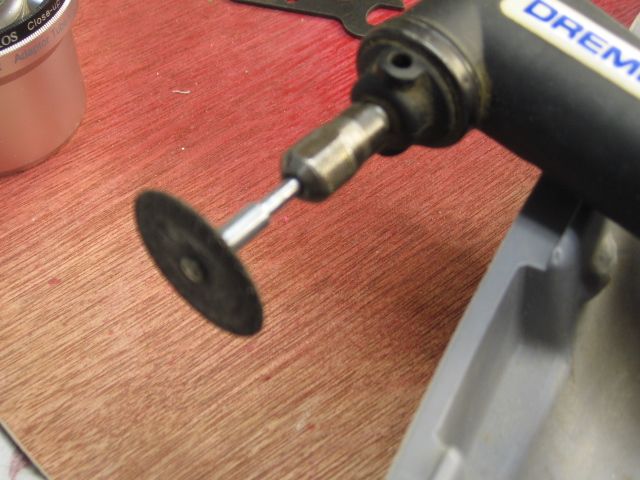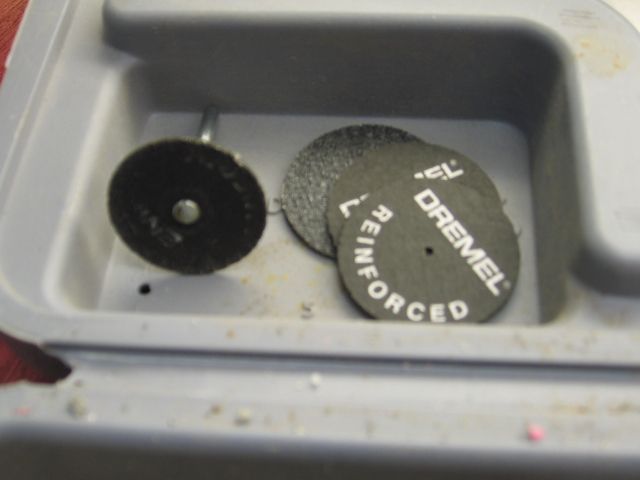I have Ross track and I unfortunately ballasted my main before I thought about crossing gates/signals. IF I ever build another layout that will be added to the long list of things I would do differently!
There are two switches on the run up to the grade crossing that have their outside rail jumpered. Creating an isolated block would mean that I would have to soak and pull up the ballast. I just don't want to hassle with that.
Is there a way to trigger a grade crossing without an insulated rail? I am aware of two methods off the top of my head. They are Lionel 153 IR Sensor and Z stuff block signal detectors. I am not overly impressed with either of these products.
I appreciate any ideas you can offer.








